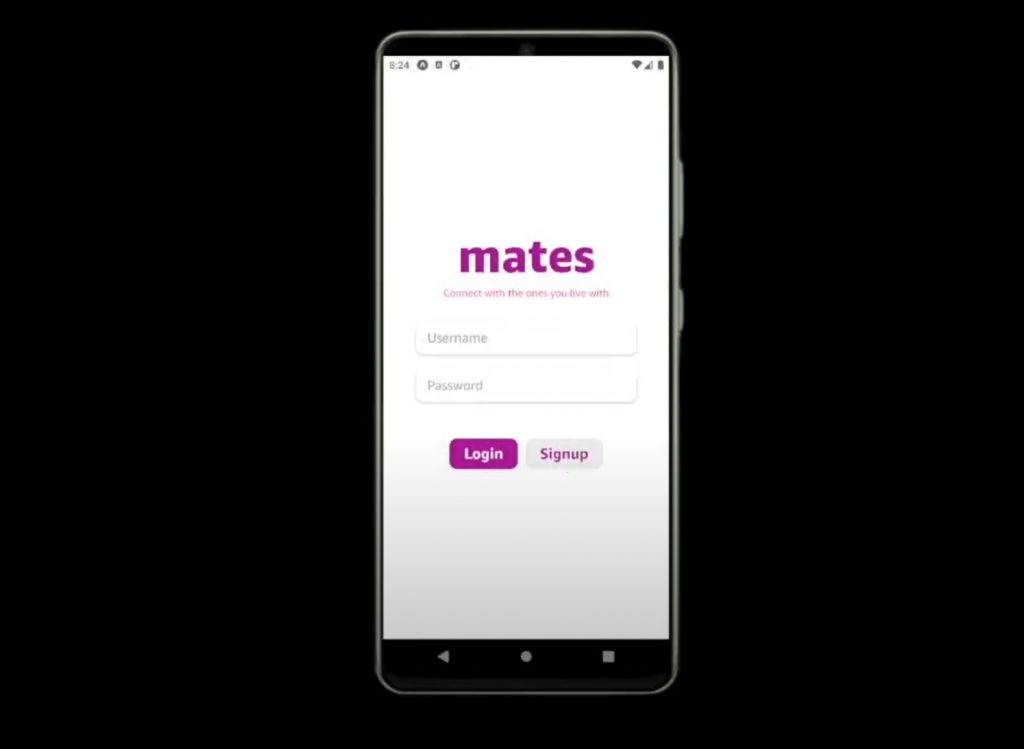New Geo-material for Reclamation: Utilizing local marine deposit and fly ash for backfilling
Hong Kong is facing an increasing demand of reclamation land use. However, we are facing an unstable supply and increasing price of the tradition backfilling material – sand. Therefore, we need to investigate an alternative. Ash-strengthed marine deposit can be a solution. Marine deposit can gain strength after mixing with cement, coal ash and water. This material can also reuse contaminated marine deposit. Therefore, the feasibility of using ash-strengthened marine soil is going to be investigated.










